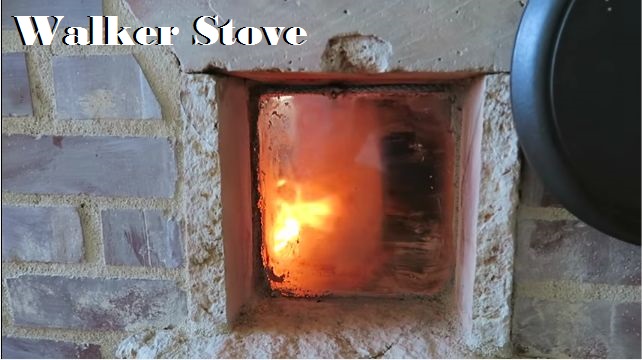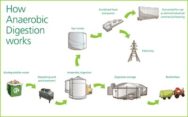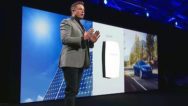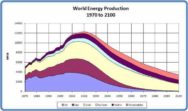
Heard of a Walker stove?

Me neither, but once I discovered it, I am definitely intrigued, it takes the best of rocket stove, thermal mass heaters, masonry heaters and the such puts it together. I have been trying to interest PB into doing a thermal mass rocket stove but I have had very little luck peaking his interest to even consider trying it. His main complaint has been the thought of having to use and continually add small sticks to the combustion chamber, which is one of the hallmarks of a rocket stove. Watching Matt start a fire in his Walker stove/oven, he barely seemed to have the fire going and he packed the combustion chamber with lots of larger wood logs and it took off like crazy. Being able to load the combustion chamber with that amount of real logs, and not just twigs means not having to continually add wood to keep things going.
There will be 3 videos here, one is essentially a commercial for the Walker stove, the other two are about the build of the stove. If you go to his website https://walkerstoves.com/ you will learn more about the Walker stove and discover that he is using a Creative Commons license on at least one of his designs, meaning you can build these for yourself, see the whole licensing agreement here (scroll down to the bottom of the page) https://walkerstoves.com/walker-riser-less-combustion-core.html
Let me know what you think about this… Enjoy!
…







